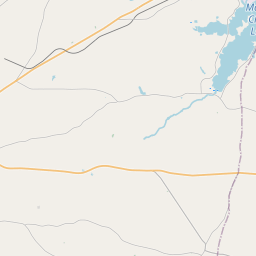The Panola Watchman
Historical marker location:






Tom M. Bowers (1837-1916) printed the first issue of the Watchman on July 2, 1873. He had published the Carthage Banner here from 1859 until he left about 1861 to serve in the Confederate army. Type was handset, and news items came from other publications and letters to the editor. Following Bowers' ownership, the paper was headed by three state representatives-- T. E. Boren, Jasper Collins, and O. P. Carswell-- between 1884 and 1906. R. M. Park added a linotype machine in 1915. In 1971 the publishers converted to offset, sending printing to Marshall. In 1984 the first offset press was installed.
Texas Sesquicentennial 1836 - 1986
As one of the most visible programs of the Texas Historical Commission (THC), historical markers commemorate diverse topics in Texas history, including: the history and architecture of houses, commercial and public buildings, religious congregations, and military sites; events that changed the course of local and state history; and individuals who have made lasting contributions to the state, community organizations, and businesses.
The first oil well in the United States was drilled in Texas in 1859. The discovery of oil transformed the economy of the state and helped to make Texas one of the wealthiest states in the nation.
The county was officially created in 1846 and named after a Native American word meaning "cotton." Cotton soon became the dominant crop in Panola County, and the economy thrived with the expansion of plantations and the arrival of the railroad in the late 19th century. Many enslaved people were brought to the county to work on these plantations, forming a significant part of the county's population.
During the Civil War, the cotton industry suffered greatly as a result of the blockade imposed by Union forces. Panola County saw its fair share of struggles and battles, with the county divided in its loyalties between the Confederacy and the Union. Reconstruction after the war brought further challenges, including economic difficulties and social tensions.
In the early 20th century, the discovery of oil brought a significant economic boom to Panola County. Numerous oil fields were developed, attracting a surge of workers and investment to the area. While the oil industry has remained a vital part of the county's economy, diversification has also taken place, including the development of timber and agriculture sectors.
Today, Panola County is known for its natural beauty, historical landmarks, and strong sense of community. With a mix of small towns and rural areas, the county offers a blend of history, culture, and outdoor recreational opportunities for residents and visitors alike.
Panola County Timeline
This timeline provides a concise overview of the key events in the history of Panola County, Texas.
- 1836 - Panola County is formed from parts of Harrison and Shelby Counties.
- 1837 - Carthage is established as the county seat.
- Late 1830s - Settlements are established in the area by pioneers.
- 1846 - The Texas Legislature incorporates Carthage.
- Late 1840s - Agriculture becomes a major industry in the county.
- 1861-1865 - Panola County residents serve in the Confederate Army during the Civil War.
- Early 1900s - The discovery of oil leads to economic growth in the county.
- 1930s - The Great Depression brings economic challenges to Panola County.
- 1960s - Civil rights movements advocate for equal rights in the county.
- 2000s - Panola County experiences growth in industries such as energy and healthcare.